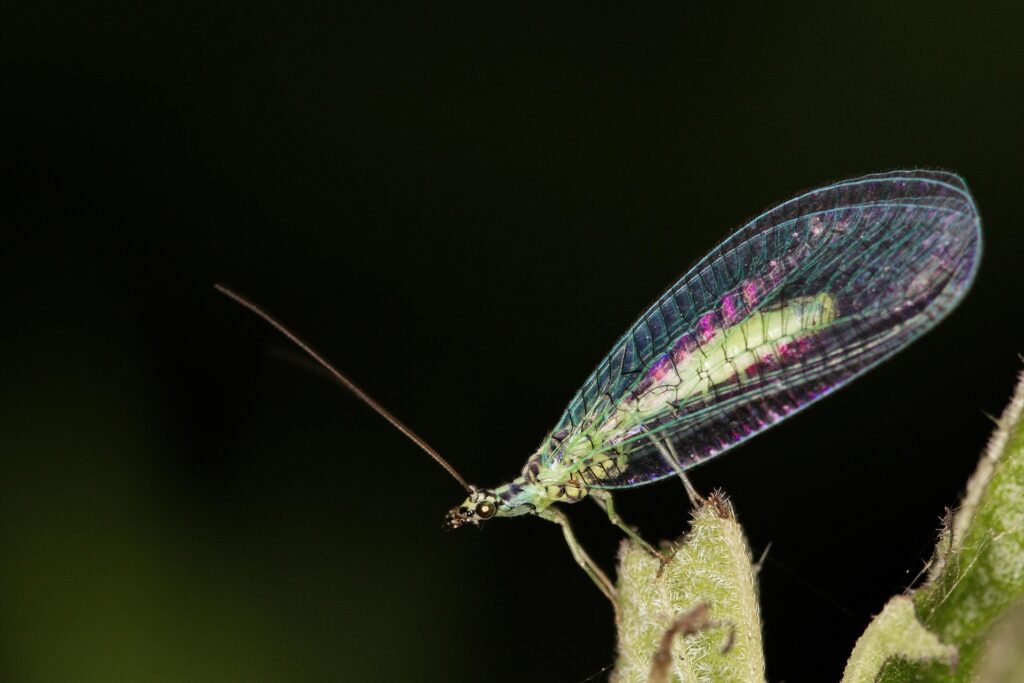If you feel like your basement is being overrun by bugs or insects, you’re not alone. Common insects such as spiders, centipedes, and beetles are frequently found in these spaces. The insects found here are attracted to dark, humid environments and away from the prying eyes of humans. It can cause a huge concern for homeowners as these pests make their home in your basement spaces. If preventing these invaders is causing you stress and anxiety, here’s what you need to know about them and keeping these insects from becoming an infestation.
1. Spiders
Spiders are one of the most common insects found in basements. They prefer dark, undisturbed spaces where they can spin webs and catch other insects. Basements provide the perfect setting for them to thrive.
While most types of spiders are harmless, some species, like the brown recluse spiders or black widow spiders, can pose a health risk with their bites. Even harmless spiders can become a nuisance when they spread webs across your walls, ceilings, and stored items.
How to Prevent Spider Infestation
You need to reduce the food sources of spiders (other insects) to protect your basement against them. Regularly clean your basement, clear away webs, and remove clutter where spiders hide. Sealing cracks around windows and doors will also help block their entry.
2. Centipedes
Centipedes are other insects found in basements. These fast-moving insects thrive in damp environments and feed on other pests like spiders and small insects. Centipedes may look intimidating, but they are mostly harmless to humans.
Although centipedes can bite if provoked, their bites are not venomous. Their presence, however, can indicate excessive moisture in your basement, which can attract other pests.
How to Prevent Centipede Infestation
To control centipedes in your basement, reduce moisture in your basement by using dehumidifiers and fixing any leaks. Keep the area tidy and regularly inspect the space for cracks in walls or around windows where centipedes might enter.
3. Beetles
Beetles, particularly carpet beetles and wood-boring beetles, are usually insects found in basement. They feed on organic materials like wood, fabric, and stored goods. Over time, beetles can cause significant damage to furniture, clothing, and even structural wood.
If you see small holes in fabrics, carpets, or wooden items, beetles could be the culprit. Beetle infestations can lead to expensive repairs if not addressed promptly.
How to Prevent Beetle Infestation
Store fabrics in sealed plastic containers to prevent beetles and inspect stored items regularly for signs of damage. Ensure that wood stays dry, as damp wood is more vulnerable to beetle damage. Sealing cracks and gaps in your foundation will also help prevent beetles from entering.
4. Silverfish
Silverfish are small, wingless insects often found in damp, dark areas like basements. They feed on starchy materials such as paper, books, and clothing. If left untreated, silverfish can cause damage to stored goods.
While they pose no direct harm to humans, silverfish can chew through important documents, photos, and fabrics, leading to costly damage over time.
How to Prevent Silverfish Infestation
Reduce the humidity in your basement by using dehumidifiers or improving ventilation to prevent and control silverfish infestation. Store valuable items like books and clothes in airtight containers. Regularly clean your basement to remove dust and debris that can attract silverfish.
5. Earwigs
Earwigs are usually insects found in basements since they are attracted to moist environments. These common insects in the basement are easily recognized by their pincers, which they use for defense. Though they may look alarming, earwigs are generally harmless to humans.
However, their presence signals a moisture issue in your basement, and they may also feed on decaying plant material and insects, contributing to further pest issues.
How to Prevent Earwig Infestation
Reducing moisture is key to controlling earwigs. Ensure your basement has proper drainage, fix any leaks, and clear out areas where water may collect. Removing piles of wood or organic matter can also reduce the food source for these kind of common insects in the basement
Address Basement Insects and Pests Now with Aptive
Don’t let common insects take over your basement or the rest of your home! Implementing some of these basic but effective strategies can help to manage these unwelcome guests. However, if you are in a position where your home or health are overwhelmed due to these troublesome intruders, Aptive is here to help you regain peace of mind. If you’re dealing with a persistent infestation or just want to know you’re protected from pests, Aptive is here to help. We understand the challenges you face with insects whether it’s in your basement or the rest of your home.
Reach out for a free quote for our professional pest control services. Take the first step toward a more comfortable and peaceful home.









